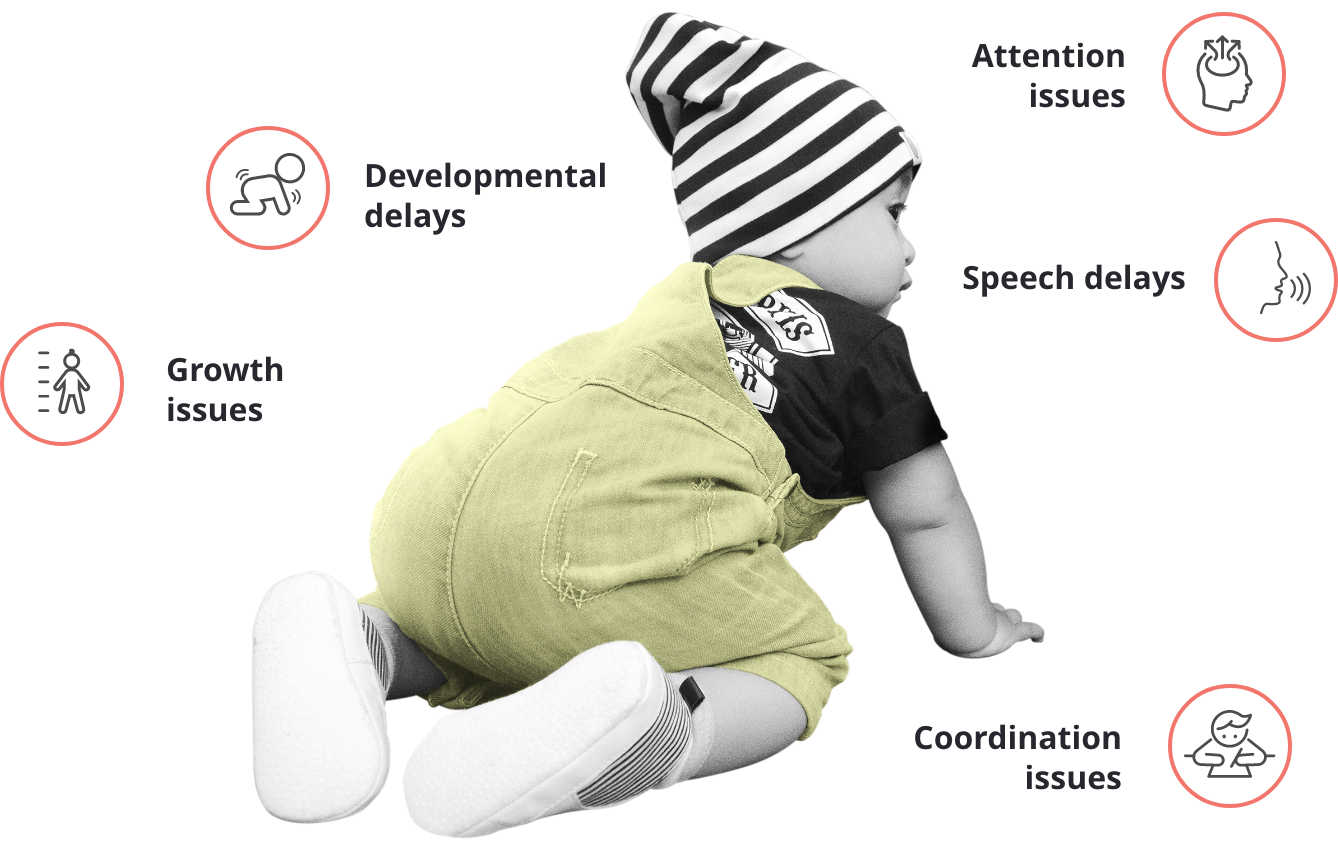Galactosemia in Toddlers
Starting Food
This can be a stressful time as you transition from formula to table foods. You may find outdated or incorrect information from the internet or other people. It’s important to understand that guidelines have changed over the years, based on research. For example, at one time certain fruits and vegetables weren’t allowed because of the higher galactose levels. We now know there is a difference between bound galactose (not digested by the body) and free galactose (absorbed in the digestive tract), and while small amounts of galactose is found in many plant products, we know an adult with galactosemia makes approximately 10 times more galactose (endogenous galactose) than what they get from diet. This is just one example, but if you see other foods that were once restricted and now allowed – it is because research has proven they contain levels of galactose safe for consumption. If you do have questions your dietician can answer questions and provide guidance.
Complications
Around this age, you may see early signs of developmental delays and speech problems. Here are possible complications:

Meeting Milestones
It’s important to remember every child meets milestones at different times. If you are concerned about your child’s development, you can always have Early Intervention services do an assessment on your child.
